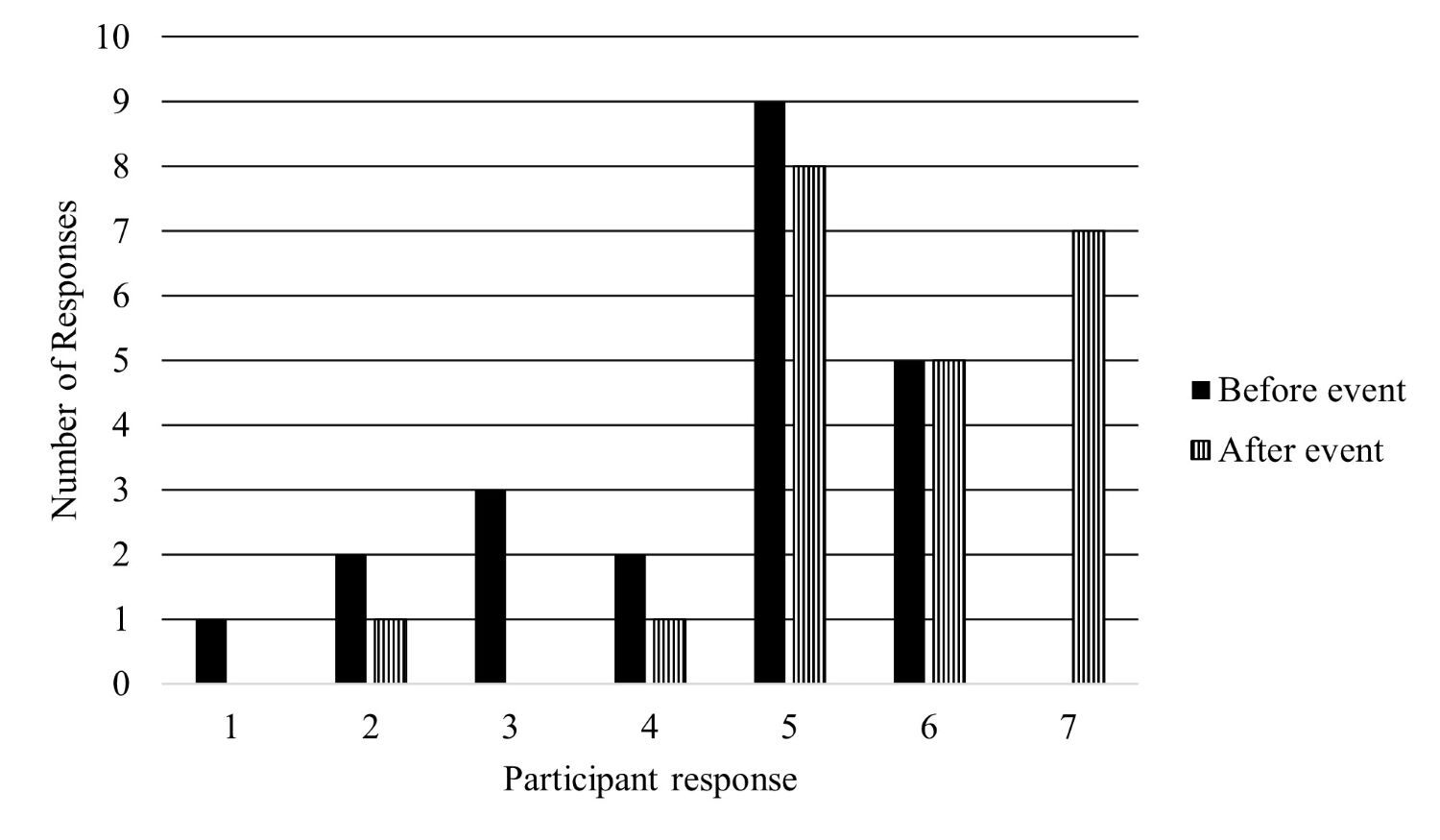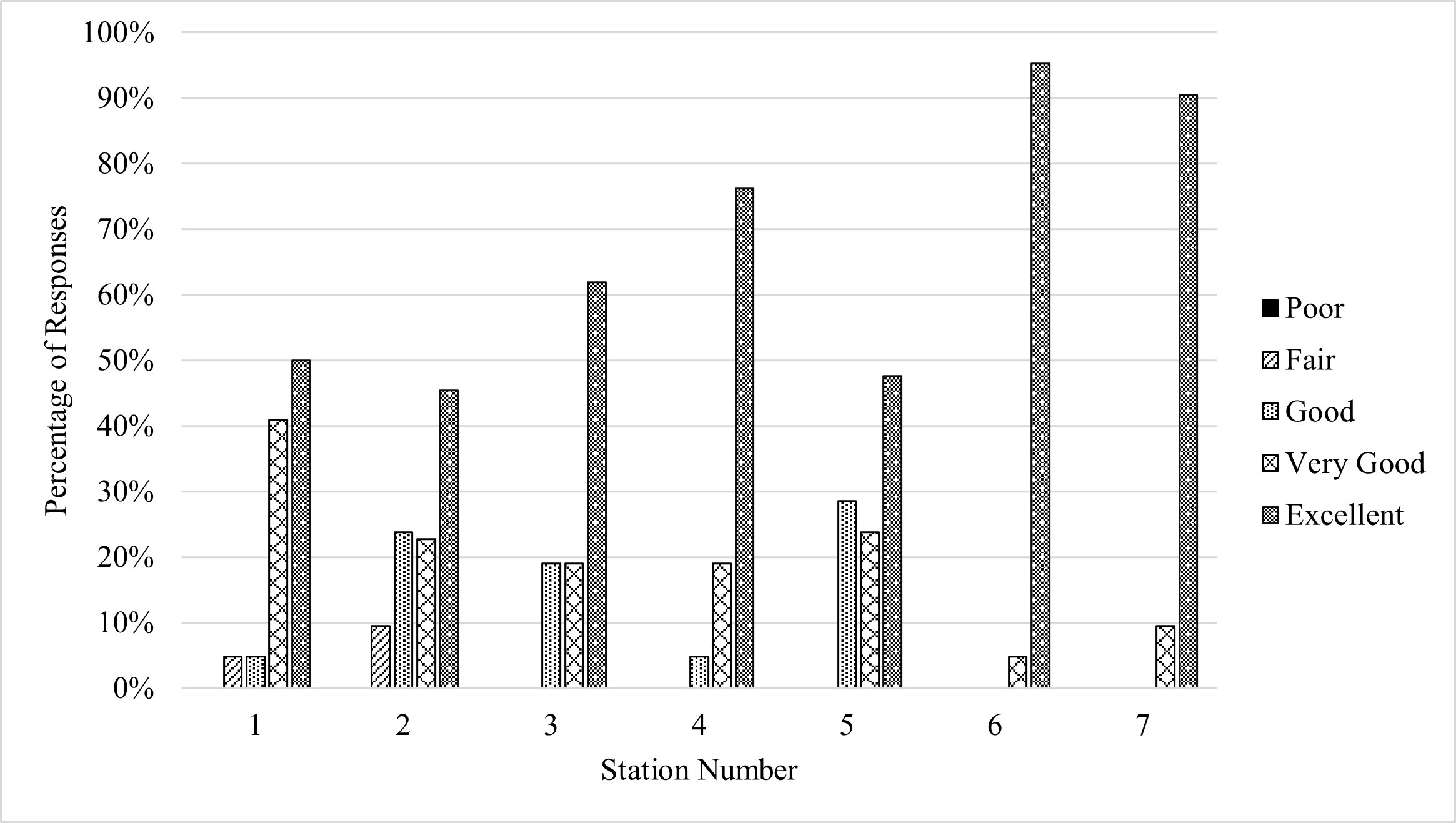A Urology Fair Increases Medical Student Interest in Urology
Alan G. Perry, BA, Wesley R. Pate, MD, Mark H. Katz, MD, Shaun E. Wason, MD.
Department of Urology, Boston Medical Center, Boston, MA, USA.
Title: A Urology Fair Increases Medical Student Interest in Urology
Background: The 2021 Urology Match compared to 2014 had increased number of urology residency positions, but a disproportionate increase in number of additional applicants. In 2020, urologists >65 years old continued to be the largest percentage of the workforce (30%). This fact and the aging US population have led to estimations that workforce shortage will be as high as 46% by 2035. Therefore, increasing medical student interest in urology is one of the critical steps necessary to address the growing gap between available residency positions and applicants. The presence of a urology interest group (UIG) has been shown to significantly increase the number of urology applicants, specifically by creating and supporting interest and removing barriers for students. We examined the impact of a novel urology fair on medical student interest in urology.
Methods: The 2021 Urology Fair was organized by the UIG of a medical school that is the primary teaching affiliate of an urban, tertiary, academic medical center. Medical students, residents, and faculty were involved in its preparation and execution. There were seven 20-minute stations including one-on-one with a resident, laparoscopy/suturing, flexible cystoscopy, ultrasound access/ureteroscopy, digital rectal exam/foley catheterization model, Da Vinci™ robotic simulator, and Da Vinci™ robotic animal model suturing. Student participants were asked to complete an online survey after the event.
Results: Twenty-two medical students attended the event and submitted an online survey. Nineteen (86%) students had never participated in a similar specialty fair and 16 (72%) were undecided about what field they wanted to pursue. Students who were “moderately likely” or “extremely likely” to consider matching into a surgical subspecialty increased from 5 (23%) before to 12 (55%) after the event. All stations at the event were rated as “very good” or “excellent” by the majority of students, ranging from 68% to 100%. The robotic simulator and animal model suturing stations were rated “excellent” in 20 (95%) and 19 (91%) responses, respectively. Twenty-one (95%) students indicated they wanted the event to be continued yearly, and 1 (5%) student was undecided.
Conclusions: A short, hands-on urology event increased medical student interest in urology. The Da Vinci™ robotic stations were the most well-received. An event based on our design that includes other surgical subspecialties may assist with increasing student interest earlier in medical school. 

Back to 2022 Abstracts


